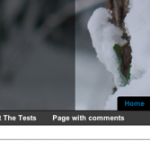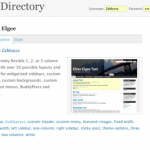Site News And Updates
I’ve made a few changes around here lately and thought it might be worth pointing out the (fairly subtle) modifications. First up is the Rolling Archives visible at the bottom of the main blog page, originally conceived of by Michael…



